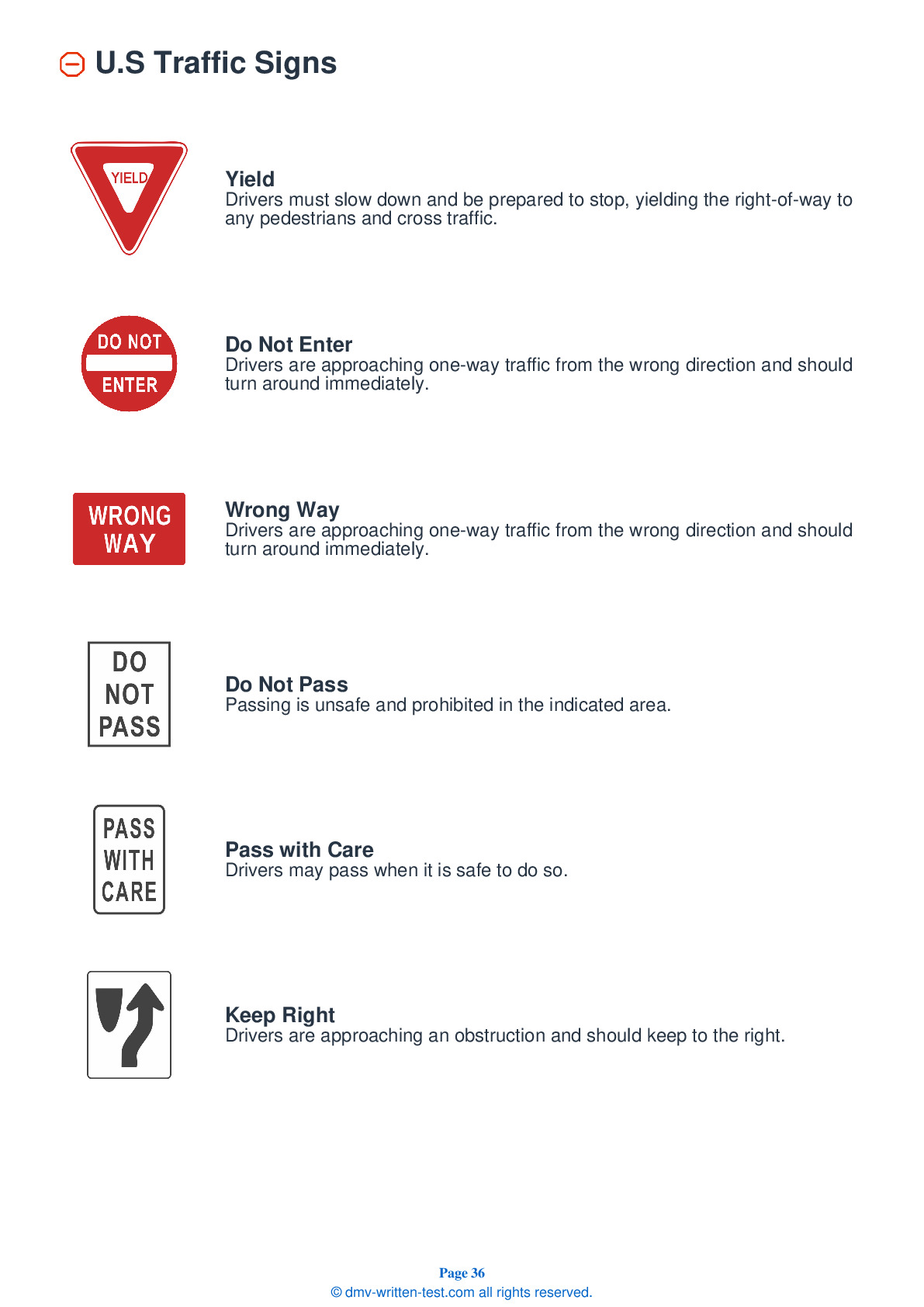2025 Maine Motorcycle Permit Test 9
The following questions are from real DMV written motorcycle permit tests. These are some of the actual permit questions you will face in Maine when getting your motorcycle learners permit. Each motorcycle theory practice test question has three answer choices. Select one answer for each question and select "grade this section." You can find this button at the bottom of the drivers license quiz. For a complete list of questions and answers for Maine please visit https://cheat-sheets.dmv-written-test.com/en/maine/motorcycle.
Number of Tests
Number of Question
Passing Score
8. When riding with a passenger, the operator should:
Explanation
Because a motorcycle handles differently when under the weight of a passenger, an operator should maintain a larger space cushion when transporting another person.
9. A motorcyclist's cushion of space:
Explanation
An expanded cushion of space is needed if your motorcycle will take longer than normal to stop. If the pavement is slippery, if you cannot see through the vehicle ahead of you, or if traffic is heavy and another driver may try to squeeze in front of you, open up your following distance.
10. A DOT-compliant helmet has all of the following, except:
Explanation
Any U.S. Department of Transportation-compliant helmet is required to have an impact-resistant outer shell, an impact-absorbing inner liner, a comfort liner, and a chinstrap retention system.
11. Of the following, which is not considered protective clothing?
Explanation
In the event of a fall, a motorcyclist can receive protection from a leather jacket, long pants made of heavy denim, and full-fingered gloves. It is best for a motorcyclist to wear lace-up boots, high-top boots, or heavy shoes that support their ankles.
12. When changing lanes:
Explanation
Motorcycles have blind spots just like any other vehicle. Always turn your head and look over your shoulder to check for traffic in your blind spot before changing lanes.
13. Most crashes happen:
Explanation
Most motorcycle crashes happen on trips that are shorter than five miles in length at speeds slower than 30 mph.
14. When slowing or stopping, you should use both brakes:
Explanation




